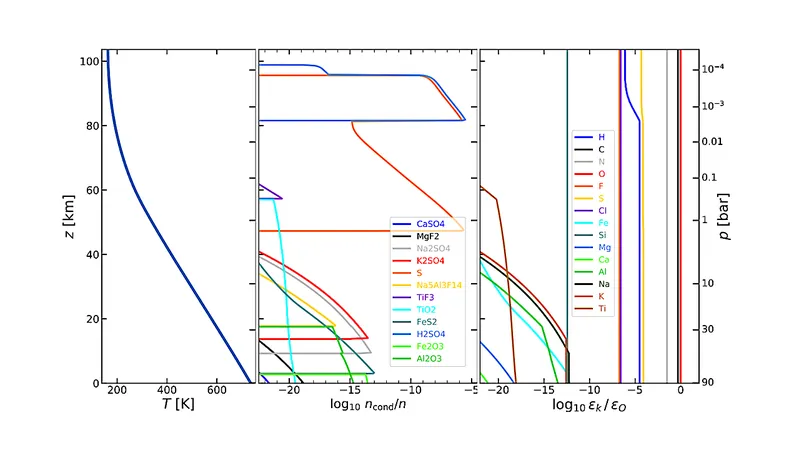
Unveiling the Mysteries of Venus: Sulphate Haze Predictions in its Lower Atmosphere
2025-08-30
Author: Liam
Exploring Venus' Cloudy Enigma
In a groundbreaking new study, scientists delve into the fascinating world of Venus' lower atmosphere, specifically focusing on the elusive aerosol particles that float below 50 kilometers from the surface.
What Lies Beneath Venus' Surface?
Utilizing the advanced GGchem phase-equilibrium model, researchers predict the presence of trace amounts of intriguing molecules such as metal-chlorides and metal-fluorides, including compounds like iron(II) chloride (FeCl2), sodium chloride (NaCl), potassium chloride (KCl), and silicon tetrafluoride (SiF4) in the Venusian atmosphere.
Formation of Sulphate Particles at Striking Heights
An enhanced version of the DiffuDrift model has revealed that these molecules can coalesce into solid forms like potassium sulphate (K2SO4), sodium sulphate (Na2SO4), and pyrite (FeS2) at varying altitudes—approximately 15.5 km, 9.5 km, and 2.4 km respectively. These findings align closely with haze layers identified in recent Pioneer Venus data.
The Journey from Ground to Haze
Remarkably, tiny particles with a radius of less than 0.3 microns can rise from the Venusian surface to link up with the sulphuric acid clouds through a process of diffusion. However, larger particles—those exceeding one micron—are largely trapped below 10 km, suggesting they cannot come directly from the surface.
A New Understanding of Particle Behavior
The research also introduces the influence of particle charge on coagulation dynamics. Incorporating this factor resolves discrepancies between model predictions and actual opacity measurements in the atmosphere. It is theorized that these particles carry a significant negative charge, with at least 100 charges per micron at ground level and at least 50 per micron at 45 km.
A Collaborative Effort to Unlock Venus' Secrets
This study is a collaborative achievement involving a team of experts including Peter Woitke, Manuel Scherf, Christiane Helling, and others, all contributing towards unmasking the mysterious haze that blankets our neighboring planet.
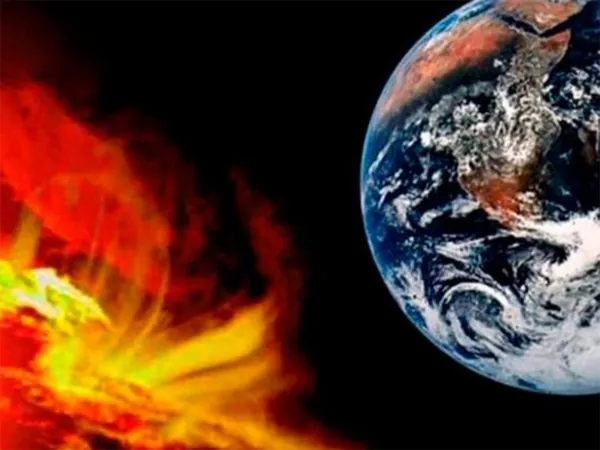



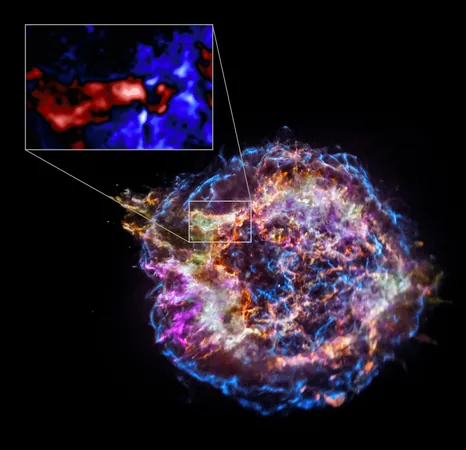
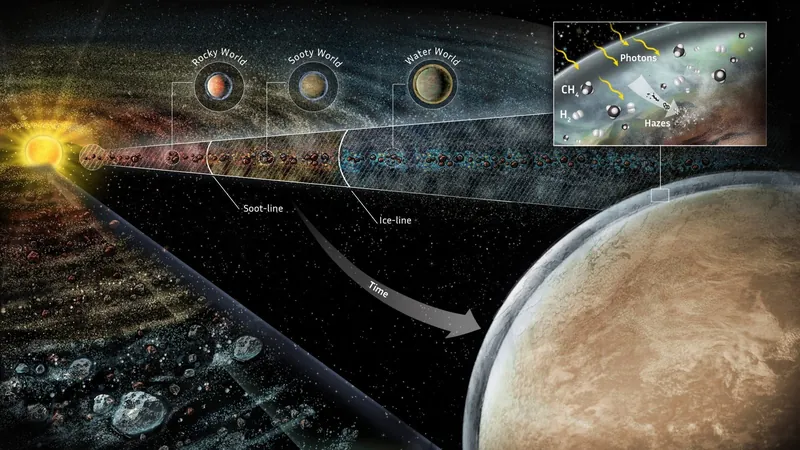

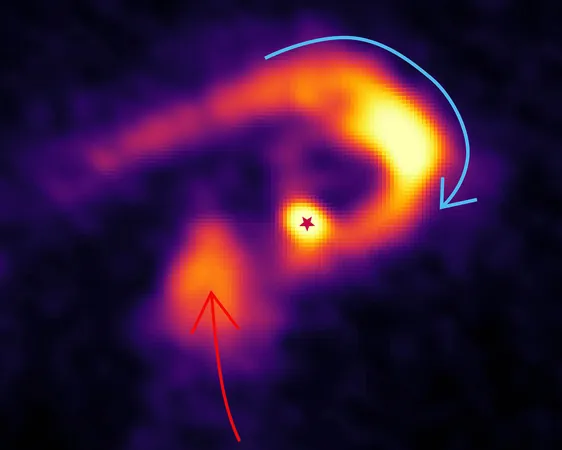

 Brasil (PT)
Brasil (PT)
 Canada (EN)
Canada (EN)
 Chile (ES)
Chile (ES)
 Česko (CS)
Česko (CS)
 대한민국 (KO)
대한민국 (KO)
 España (ES)
España (ES)
 France (FR)
France (FR)
 Hong Kong (EN)
Hong Kong (EN)
 Italia (IT)
Italia (IT)
 日本 (JA)
日本 (JA)
 Magyarország (HU)
Magyarország (HU)
 Norge (NO)
Norge (NO)
 Polska (PL)
Polska (PL)
 Schweiz (DE)
Schweiz (DE)
 Singapore (EN)
Singapore (EN)
 Sverige (SV)
Sverige (SV)
 Suomi (FI)
Suomi (FI)
 Türkiye (TR)
Türkiye (TR)
 الإمارات العربية المتحدة (AR)
الإمارات العربية المتحدة (AR)